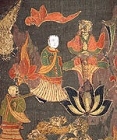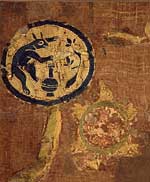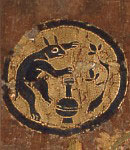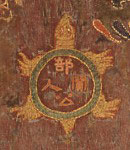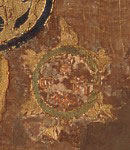The Gallery of Horyuji Treasures Room 6
March 14, 2006 (Tue) - April 9, 2006 (Sun)
A Special feature of the Tenjukoku Shucho mandara(National Treasure) and other works related to prince Shotoku.

